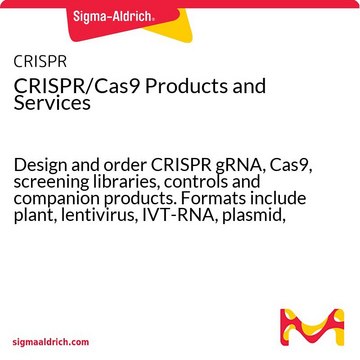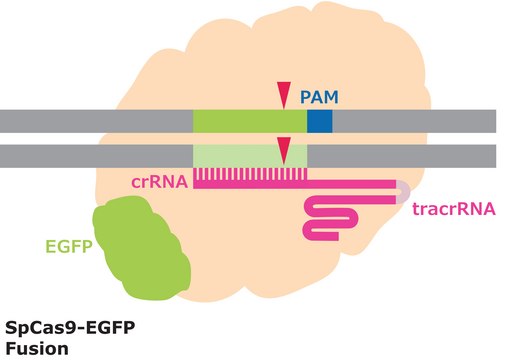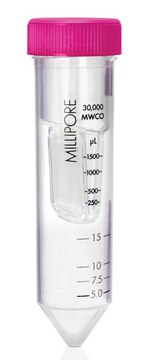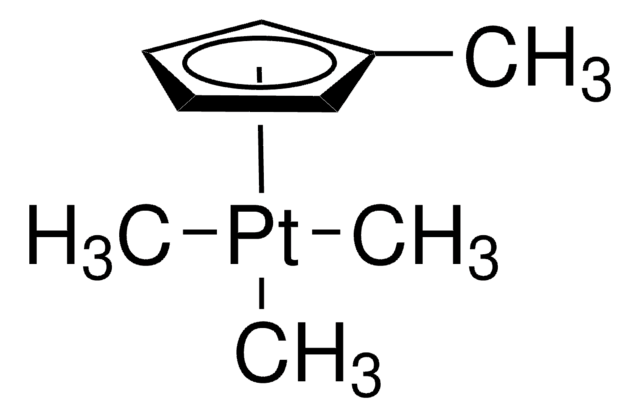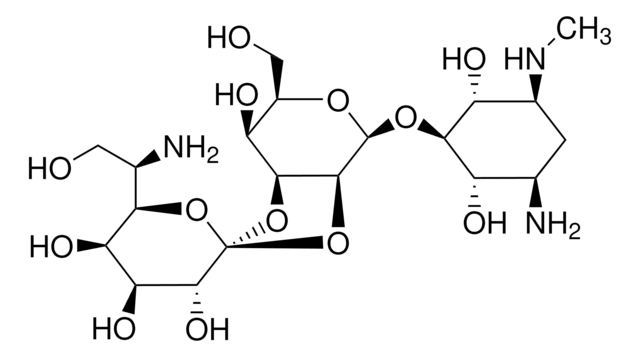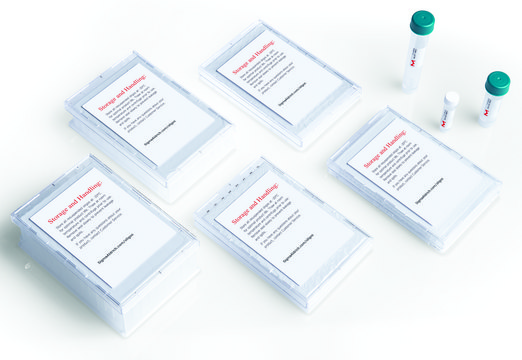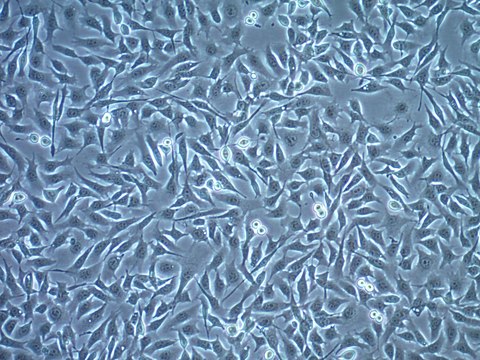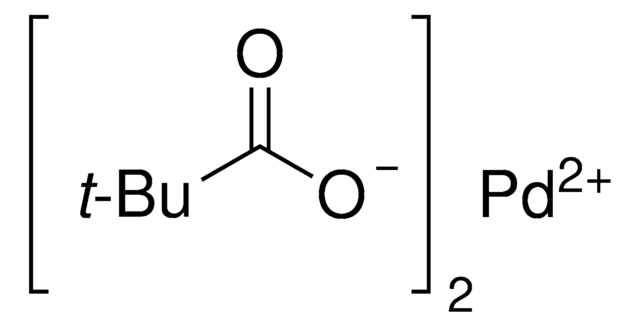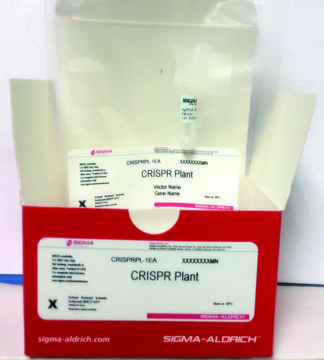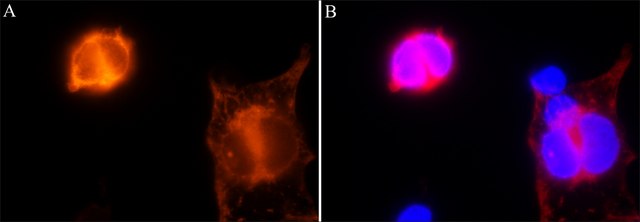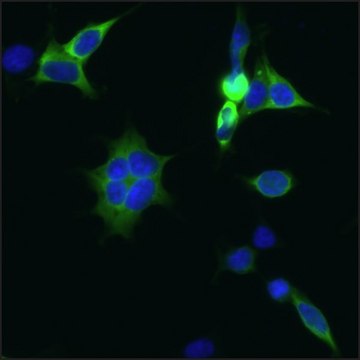Recommended Products
application(s)
CRISPR
shipped in
dry ice
storage temp.
−20°C
Related Categories
1 of 4
This Item | CRISPR | SAB4200701 | SAB4200735 |
|---|---|---|---|
| shipped in dry ice | shipped in - | shipped in dry ice | shipped in dry ice |
| Quality Level 200 | Quality Level 200 | Quality Level 200 | Quality Level 200 |
| application(s) CRISPR | application(s) - | application(s) - | application(s) - |
General description
CRISPR Plant Cas9 products are intended for Agrobacterium-mediated plant transformation or biolistic microparticle bombardment or protoplast transformation. The products are based on the type IIA CRISPR-Cas9 derived from Streptococcus pyogenes. The native Cas9 coding sequence is codon optimized for expression in monocots and dicots, respectively. The monocot Cas9 constructs contain a monocot U6 promoter for sgRNA expression, and the dicot Cas9 constructs contain a dicot U6 promoter.
The plant selection markers include:
- hygromycin B resistance gene
- neomycin phosphotransferase gene
- bar gene (phosphinothricin acetyl transferase)
Application
- Inactivation of genes
- Target validation
- Site specific integration of gene of interest
- Gene replacement via HR
Features and Benefits
- Main advantages of CRISPR/Cas9 are in terms of simplicity, accessibility, cost and versatility.
- CRISPR/Cas9 system does not require any protein engineering steps, making it much more straightforward to test multiple gRNAs for each target gene
- Only 20 nt in the gRNA sequence need to be changed to confer a different target specificity
- Another advantage of CRISPR/Cas9 compared to ZFNs and TALENs is the ease of multiplexing. The simultaneous introduction of DSBs at multiple sites can be used to edit several genes at the same time. It can be particularly useful to knock out redundant genes or parallel pathways. Multiplex editing with the CRISPR/Cas9 system simply requires the monomeric Cas9 protein and any number of different sequence-specific gRNAs.
- CRISPR/Cas9 system can cleave methylated DNA in human cells allowing genomic modifications that are beyond the reach of the other nucleases. This has not been specifically explored in plants, it is reasonable to assume that the ability to cleave methylated DNA is intrinsic to the CRISPR/Cas9 system and not dependent on the target genome
Components
Keep reagent tubes closed when not in use.
Practice aseptic lab technique to avoid DNase contamination.
Principle
Other Notes
Legal Information
Storage Class Code
12 - Non Combustible Liquids
WGK
WGK 1
Flash Point(F)
Not applicable
Flash Point(C)
Not applicable
Regulatory Information
Choose from one of the most recent versions:
Certificates of Analysis (COA)
It looks like we've run into a problem, but you can still download Certificates of Analysis from our Documents section.
If you need assistance, please contact Customer Support.
Already Own This Product?
Find documentation for the products that you have recently purchased in the Document Library.
Which document(s) contains shelf-life or expiration date information for a given product?
If available for a given product, the recommended re-test date or the expiration date can be found on the Certificate of Analysis.
How do I get lot-specific information or a Certificate of Analysis?
The lot specific COA document can be found by entering the lot number above under the "Documents" section.
How do I find price and availability?
There are several ways to find pricing and availability for our products. Once you log onto our website, you will find the price and availability displayed on the product detail page. You can contact any of our Customer Sales and Service offices to receive a quote. USA customers: 1-800-325-3010 or view local office numbers.
What is the Department of Transportation shipping information for this product?
Transportation information can be found in Section 14 of the product's (M)SDS.To access the shipping information for this material, use the link on the product detail page for the product.
1. What type of Cas9 is used in the CRISPR Plant vectors?
Type IIA Cas9 derived from Streptococcus pyogenes.
How is the Cas9 codon sequence optimized?
In the monocot CRISPR Plant vectors, the Cas9 codon optimization is based on Zea mays. In the dicot CRISPR Plant vectors, the Cas9 codon optimization is based on Arabidopsis thaliana.
What is the promoter used for the expression of Cas9?
The promoter used is 2X35S, derived from cauliflower mosaic virus (CaMV).
What is the promoter used for the expression of the selection markers?
The 2X35S promoter is used in this case.
What is the promoter used for sgRNA (single guide RNA) expression?
In the monocot CRISPR vectors, it is a wheat U6 promoter. In the dicot CRISPR vectors, it is an Arabidopsis thaliana U6 promoter.
Can one use an Agrobacterium-mediated transformation CRISPR vector for biolistics or protoplast plant transformation?
Yes. However, the biolistics/protoplast CRISPR vectors cannot be used for Agrobacterium-mediated plant transformation.
What antibiotics should I use for selection of the CRISPR Plant vectors in E. coli or Agrobacteria tumefaciens?
Kanamycin.
Can I use the monocot CRISPR plant vectors on dicots plants and the dicot CRISPR plant vectors on monocot plants?
Yes. But it is not recommended. The monocot CRISPR plant vectors are more suited for monocot plants, and the dicots CRISPR plant vectors are more suited for dicot plants.
Why did my CRISPR plant construct did not produce the expected target cleavage?
Not every sgRNA will produce the target cleavage. It is recommended to use two to three sgRNAs per gene to increase the successful rate.
How can I use the CRISPR plant vectors for homologous recombination (HR)?
First, you need to design an HR DNA donor with the target of interest and the homologous arms. For Agrobacterium-mediated plant transformation, the HR DNA donor can be inserted into an appropriate restriction site, such as the EcoRI site or the HindIII site, within the T-DNA borders. For biolistics or protoplast plant transformation, the HR DNA donor can be inserted into XbaI, EcoRI, HindIII, or XhoI site. Alternatively the HR DNA donor can be co-delivered in a separate donor vector.
My question is not addressed here, how can I contact Technical Service for assistance?
Ask a Scientist here.
Our team of scientists has experience in all areas of research including Life Science, Material Science, Chemical Synthesis, Chromatography, Analytical and many others.
Contact Technical Service